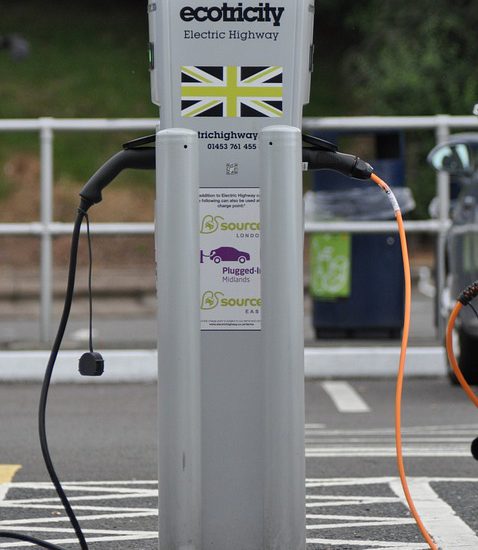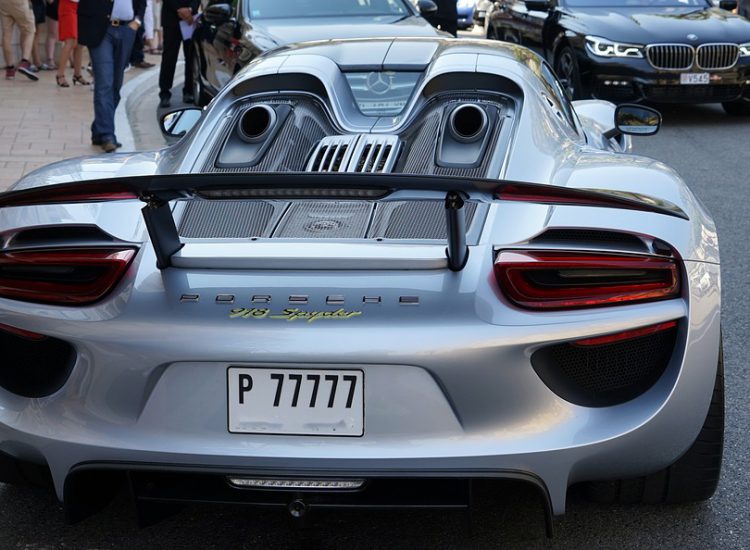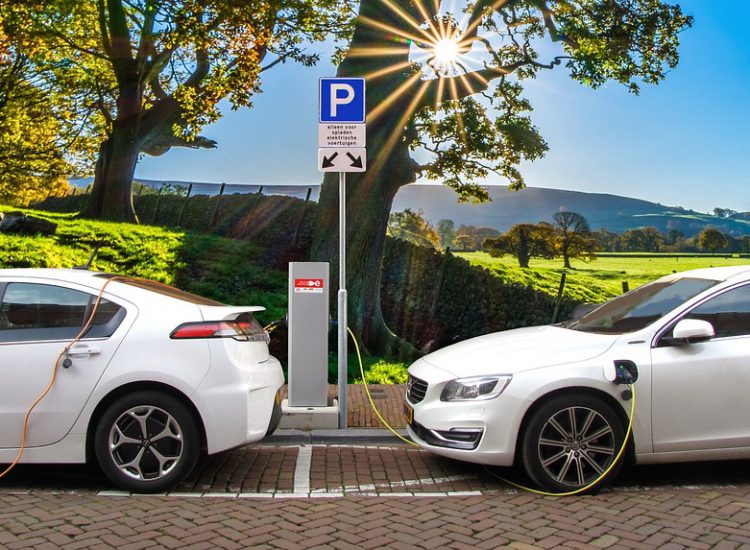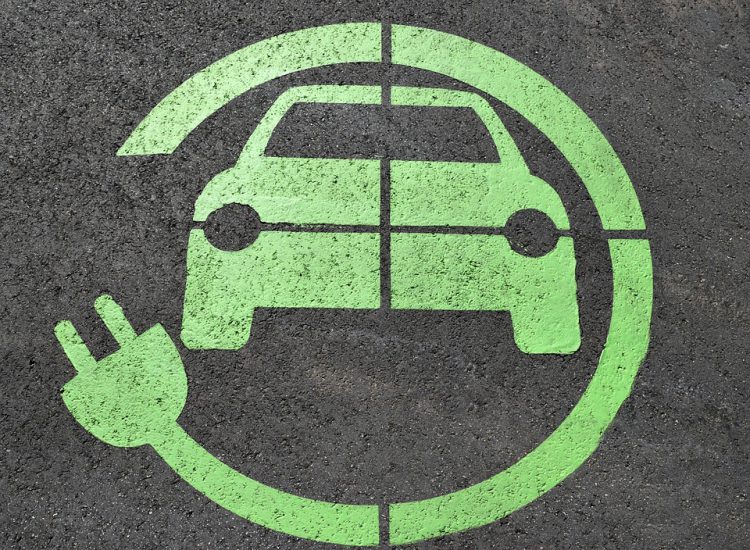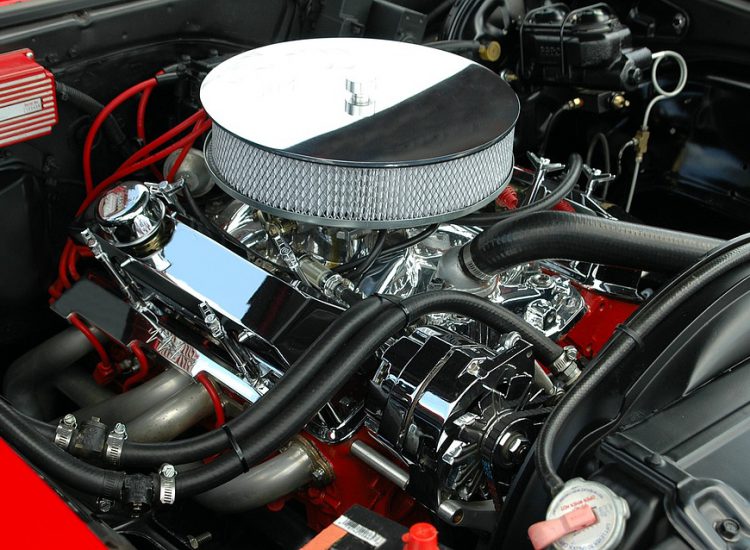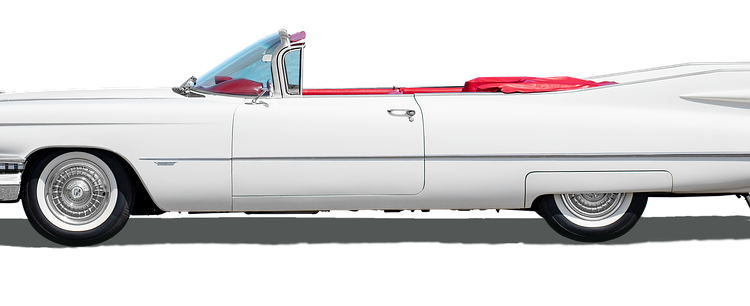Some people think that the hybrid car started in the early 20th century. In fact, hybrid vehicles have been around longer than you might think. It is believed that the beginning of hybrid technology was in 1665, when Ferdinand Verest and a Jesuit priest began working on a plan to create a simple vehicle with four wheels that could be powered by steam by a horse. Then in 1769 when the steam powered carriage was invented. Even though this camper has a speed of six miles per hour, it can still be hard to keep up enough steam for a long ride. It was then improved upon when British inventor Goulds Gurney built a steam car that successfully completed an 85-mile round trip in ten hours. Then in 1893 Moritz von Jacobi sailed an electric boat on the Neva, using a one-horsepower electromagnetic motor. And it was in that year or so that Robert Anderson of Aberdeen, Scotland built the first electric car. However, the car brought a lot of problems such as limited range and battery power that was difficult to recharge. It was later improved upon by David Salomon in 1870 when he developed an electric car with a light electric motor, but he still had problems creating a battery that could easily be recharged.
Then in 1879, Dr. Werner von Siemens built the first electric railway. The wheels in the car were driven by an electric motor that drew electricity from rails that were isolated from the ground and connected to an electric generator. Also in that decade, 1886, business investors in London gained interest in developing an electric taxi. The design was powered by a 28-cell batter system that would drive a small electric motor. However, this device did not come into regular use. Then came the year 1888, when a company built a four-passenger carriage for the Sultan of the Ottoman Empire that was powered by a single-horsepower engine and a 24-cell battery. And in the same year, Ma nus Vol in Brighton, England made a three-wheeled electric car.
Then, in 1897, the London Electric Cab Company began supplying a regular service to the city, using a cab powered by a 40-cell battery and three-horsepower electric motor. He named it “Betsy’s Cab” after its inventor, Walter Betsy. The cab can travel up to fifty miles before recharging the battery. Come back in 1897 and the Bob’s Manufacturing Company of Hartford, Connecticut, has been building electric cars over the course of two years.
Then after that year came the year 1898, the year in which the world’s first gasoline-electric “mixed” Loonier Porsche hybrid car, which was built by the German Dr. Ferdinand Porsche. Porsche gave the first series of hybrids the moniker “Aunt Eulalie,” but they were officially named Simper Viv-us, meaning “always alive.” The first hybrid could travel forty miles on battery power alone. This car used a gasoline engine rotating at a constant speed to drive a dynamo, which charged a combination of accumulators, transmissions, gears, belts, chains, or clutches. and Lonee Porsche and Auto Mixtec in the year between 1902 and 1920.
In 1900 the creation of gas-electric hybrid cars was seen in Belgium. It was developed by Pie per, a Belgian automaker. Insert a three-and-a-half-horsepower engine, the small petrol engine is mated to an electric motor located under the seat. The electric motor was, in fact, a generator that recharged the batteries while driving. However, when the car needed some extra power to make its way up a steep incline, the electric motor would serve to provide a boost to the gas engine. Due to the popularity of electric hybrid cars, the Electric Vehicle Company built 2,000 taxis, vans, buses, and set up a rental car and cab sub-company from New York to Chicago in early 1904. In 1905, an American engineer named H. Piper filed a patent for a hybrid gasoline-electric car. His idea was to use an electric motor to assist the internal combustion engine, mainly to add the internal combustion engine to allow the vehicle to accelerate to 25 mph in 10 seconds, instead of the usual 30 mph. Then, after three and a half years, the acquittal was issued. By then, the engines had become powerful enough to achieve their own kind of performance.
In 1910, a company called Commercial Built Truck, which used a four-cylinder gas engine to power a generator, eliminated the need for a transmission and Battery Park. This hybrid was built by a company in Philadelphia until 1918. Steamships and electric hybrid cars were almost completely wiped out in 1913. Electric car sales fell to 6,000, while more than 180,000 gasoline-powered cars were sold. Many automakers who still believe in the idea of a hybrid car are still doing everything they can to get hybrids back into production. Like Baker of Cleveland and Woods of Chicago, two notable electric automakers have introduced hybrid cars that can reach a top speed of 35 mph and achieve fuel efficiency of up to 48 mph. Woods Dual Power was more expensive and less powerful than its petrol competitor, and thus sold poorly.
Then I considered the period from 1920 to 1965 to become a period of inactivity for mass-produced electric and hybrid cars. However, hybrid vehicle technology has not gone away and its development continues. Many people still believe in hybrid technology. Hybrid vehicle technology has become the solution to most global problems. Just like in 1966; The US Congress introduced the first bills to recommend the use of the electric vehicle as a way to reduce air pollution. After a long lull, hybrids reappeared in 1969. In the same year, the General Motors 512 was built, running entirely on electric power at speeds under ten miles per hour. The car was powered by a mixture of electric power and gas combustion, from 10 to 13 miles per hour. The Arab oil embargo became a major problem in 1973. Gasoline prices soared, creating a new interest in electric cars. The US Department of Energy has conducted testing on several electric and hybrid cars produced by several manufacturers, including the hybrid car known as the Volkswagen Taxi, which was produced by Volkswagen in Wolfsburg, West Germany. The Volkswagen Taxi has been shown at auto shows across the United States and Europe. It used a parallel hybrid configuration that allowed flexible switching between the petrol engine and the electric motor and scored more than 8,000 miles on the road. The Volkswagen Taxi had a higher efficiency range than any hybrid car offered up to that time. In 1974, engineers Victor Walk and Charlie Ross Onn were part of the federal Clean Car Incentive Program, creating a prototype gas-electric hybrid vehicle using a Buick Skylark body. The car was tested and certified to meet the strict guidelines of the US Environmental Protection Agency’s Clean Car Program, but was subsequently denied. American Motors has developed a fleet of electric-powered pickups and delivered 352 electric vans to the US Postal Service, which they tested extensively. Unfortunately, the project did not live up to the success everyone had hoped for.
The years 1976 to 1980 were the year when hybrid technology was a good help. The Electric and Hybrid Vehicle Research, Development, and Demonstration Act of 1976 and the U.S. Congress enactment of Public Law 94-413 were among the goals of the Act to work with industry to improve batteries, motors, controls, and other hybrid electric components. General Electric was chosen to build a parallel-hybrid sedan. And Toyota made a small sports car equipped with a gas turbine generator that supplies electricity to an electric motor, making it Toyota’s first hybrid car. Audi introduced the first generation Audi Duo concept car in 1989. It is based on the Audi 100 Av-anti Quarto. It had a 12.6-horsepower electric motor, which drove the rear wheel instead of a propeller shaft. And also use nickel cadmium battery to supply power. Two years later, Audi unveiled the second generation Duo, also based on the Audi 100 Av-anti Quarto. Toyota returned by introducing the Pris in 1997, exclusive to its Japanese market. That year, the Pris sold 18,000 cars and appeared to be the world’s first mass-marketed hybrid. Then Honda introduced the Insight, a lightweight two-door hybrid model that broke through to the US market in 1999. The car could show ratings of 61 miles per gallon city and 70 miles per gallon highway.
Then came the year 2000, the door of a new century opened for hybrid technology. Many companies and automakers are introducing and releasing many new and improved hybrid cars. Toyota released the first four-door hybrid sedan available in the United States in 2000. Honda introduced the Honda Civic Hybrid, its second available gasoline-powered hybrid electric vehicle. The car’s appearance and driveability was and remains identical to a conventional Civic. In 2004, Toyota released the Toyota Press II, which won Car of the Year 2004 awards from Motor Trend magazine and the North American Auto Show. Demand for the Toyota Pris II was surprising, as they pumped out production from 36,000 to 47,000 for the US market. Many interested buyers have waited up to six months to buy the price of a 2004 Pris. Moreover, in September of that year, Ford released the Escape Hybrid, the first American hybrid car and the first hybrid SUV.
The sudden increase in oil production in 2007 was a huge crisis around the world. Because of this, the production of hybrid cars and vehicles has increased. Many auto companies and automakers around the world have created many different types of hybrid vehicles. Some even convert their regular cars into hybrids. A lot of taxis in the Philippines now use motor gas, which is used as a fuel to transport cars, or LPG as an alternative to petrol to power them. The development of this type of hybrid car helps many people who face a problem with the increase in oil prices, and the solution to the oil price increases the problem of air pollution.
